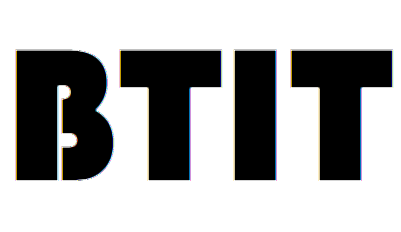Our AI Consulting Frameworks and Methodologies

At BTIT, we pride ourselves on employing fit-for-purpose methods and frameworks tailored to deliver the best outcomes for our clients. Our approach is rooted in a deep understanding of each client's unique needs, ensuring that our AI solutions are not only effective but also scalable and aligned with their business objectives. By leveraging industry-leading frameworks and methodologies, we provide structured, reliable, and innovative solutions that drive tangible results and sustainable growth.
Adopting AI in medium-sized businesses requires structured, incremental approaches to ensure scalability, cost-effectiveness, and alignment with business objectives. Here, we outline the some of the frameworks and methodologies we use in our AI consulting capability.
Frameworks
1. CRISP-DM (Cross-Industry Standard Process for Data Mining)
Phases:
- Business Understanding
- Data Understanding
- Data Preparation
- Modeling
- Evaluation
- Deployment
Strengths: Provides a well-structured approach to data projects, focusing on business objectives.
2. TDSP (Team Data Science Process)
Phases:
- Business Understanding
- Data Acquisition and Understanding
- Modeling
- Deployment
- Customer Acceptance
Strengths: Designed by Microsoft, it emphasizes collaboration, reproducibility, and scalability.
3. Lean AI
Principles:
- Iterative development
- Fast prototyping
- Continuous feedback
Strengths: Reduces time to market and allows businesses to quickly adapt AI models based on feedback.
Methodologies
1. Agile AI Development
Approach: Adapts Agile software development practices to AI projects.
Strengths: Promotes flexibility, quick iterations, and stakeholder engagement.
Examples of Use:
- Spotify: Utilizes Agile methodologies to enhance their music recommendation engine.
- ING: Adopts Agile AI Development to streamline their AI projects in banking and finance.
2. MLOps (Machine Learning Operations)
Phases:
- Continuous Integration
- Continuous Deployment
- Continuous Monitoring
Strengths: Ensures reliable and efficient deployment and maintenance of ML models.
3. AI Canvas
Components:
- Problem Definition
- Data
- Training
- Testing
- Deployment
- Business Impact
Strengths: Focuses on integrating AI strategy with business strategy, ensuring alignment and clarity.
Key Considerations for Medium-Sized Businesses
- Business Alignment: Ensure AI projects align with business goals and solve specific problems.
- Scalability: Choose frameworks and methodologies that allow for scalability as the business grows.
- Cost-Effectiveness: Focus on approaches that optimize resources and provide clear ROI.
- Skill Development: Invest in training for employees to effectively use and manage AI tools.
